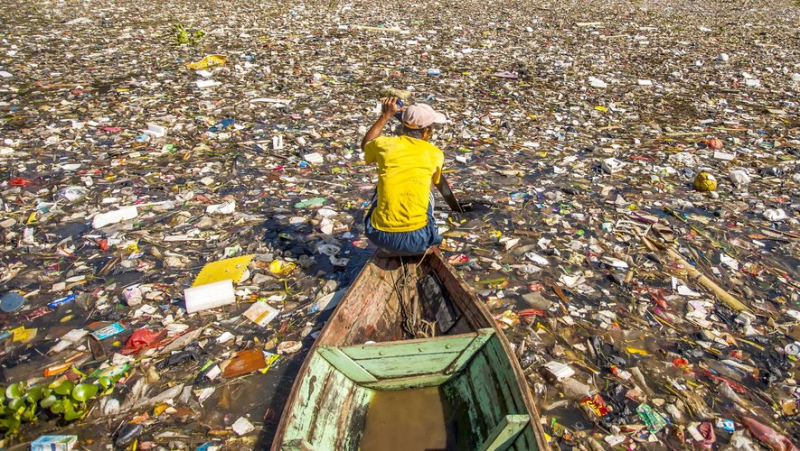Which countries are most likely to eat or inhale microplastics ?

Selon les résultats de l'étude, les Indonésiens consommeraient environ 15 grammes de microplastiques par mois, la majorité des particules de plastique provenant de produits de la mer. Sony Herdiana/Getty Images
Microplastics are everywhere, including our food. A new study ranks the countries where people ingest the most microplastics worldwide. Indonesia takes the (sad) prize.
American scientists from Cornell University have mapped countries around the world where people unintentionally eat and inhale microplastics.
Their study was carried out in 109 countries from 1990 to 2018, and focused on the world's main coastlines affected by plastic pollution. Researchers compiled data relating to microplastic concentrations in food groups such as fruits, vegetables, proteins, grains, dairy products, beverages, sugars, salt and spices. Several criteria were taken into account to assess the risks, including the consumption habits of residents and food processing technologies.
"Only people in the Mediterranean and neighboring regions breathe less"
At the top of this dismal ranking is Indonesia. According to the results of the study, Indonesians consume around 15 grams of microplastics per month, with the majority of plastic particles coming from seafood. Conversely, Paraguay is the country where residents are the least likely to ingest microplastics (0.85 grams per month). Between 1990 and 2018, daily consumption of microplastics increased 59-fold on average worldwide.
The authors of the work also mapped the countries in which residents are most at risk of breathing microplastics. The countries most concerned are still in Asia, since they are China and Mongolia, with more than 2.8 million particles inhaled per month, compared to 300,000 for the States. -United for example.
"Only people in the Mediterranean and neighboring regions breathe less", notes the study. This is particularly the case in Spain, Portugal and Hungary, where the rate of plastic particles inhaled per month is estimated between 60,000 and 240,000, specify the researchers.
Industrialized countries are experiencing an opposite trend
"The industrialization of developing economies, particularly in East and South Asia, has led to an increase in the consumption of plastics, waste production and absorption of microplastics by humans. Conversely, industrialized countries are experiencing an opposite trend, supported by greater economic resources to reduce and eliminate free plastic debris", analyzes Fengqi You, co- author of the study, in a press release.
"Our study highlights that tackling the absorption of microplastics requires a multi-faceted approach, including sustainable packaging solutions , the application of strict regulations on waste management and the improvement of water treatment technologies", adds his colleague Xiang Zhao.
According to researchers, a 90% reduction in aquatic plastic debris could lead to a substantial decrease in exposure to microplastics, potentially by up to 51% in developed countries and 49 % in highly industrialized regions.




